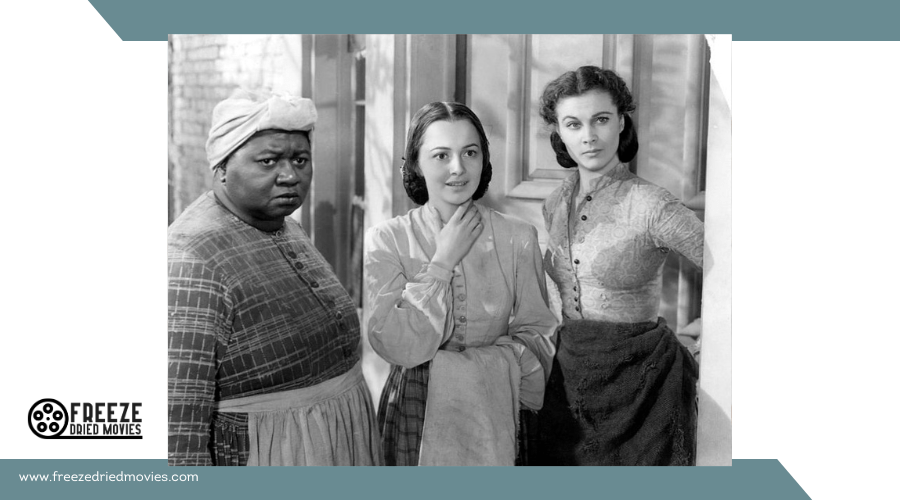The Best 1930s Film Directors: Visionaries Who Shaped Hollywood

The 1930s were a transformative decade for Hollywood, thanks to directors who ushered in an era of creativity and innovation. Frank Capra's films painted a hopeful vision of the American Dream, while Ernst Lubitsch's sophisticated humor redefined romantic comedy. Yasujirō Ozu's storytelling techniques uniquely emphasized familial bonds, and Lewis Milestone's stark realism reshaped the cinematic portrayal of war. Each of these visionaries left an indelible mark on cinema, influencing future generations of filmmakers. But what truly set them apart, and how did they shape the future of filmmaking?
Frank Capra: The American Dream
In the 1930s, Frank Capra, an Italian immigrant, rose to prominence in Hollywood by directing films that championed the American Dream and highlighted the triumph of the common man. Capra's works, such as *It Happened One Night* (1934) and *Mr. Smith Goes to Washington* (1939), resonated deeply with audiences by exploring themes of idealism and resilience against societal cynicism.
Capra didn't just make films; he created narratives that captured the essence of the American spirit. His dynamic style, featuring rapid pacing and overlapping dialogue, brought a fresh, engaging approach to storytelling. This style was particularly effective during the Great Depression, as people sought stories that highlighted hope and perseverance.
Winning three Academy Awards for Best Director in the 1930s, Capra solidified his place as a leading figure in American cinema. His films often depicted humble individuals standing up to powerful institutions, reflecting his belief in the enduring spirit of the common man. Capra's success wasn't merely about entertainment; it was about reinforcing an optimistic vision of America, where anyone could achieve greatness through hard work and integrity. His legacy in Hollywood remains a tribute to the power of the American Dream.
Ernst Lubitsch's Sophisticated Humor
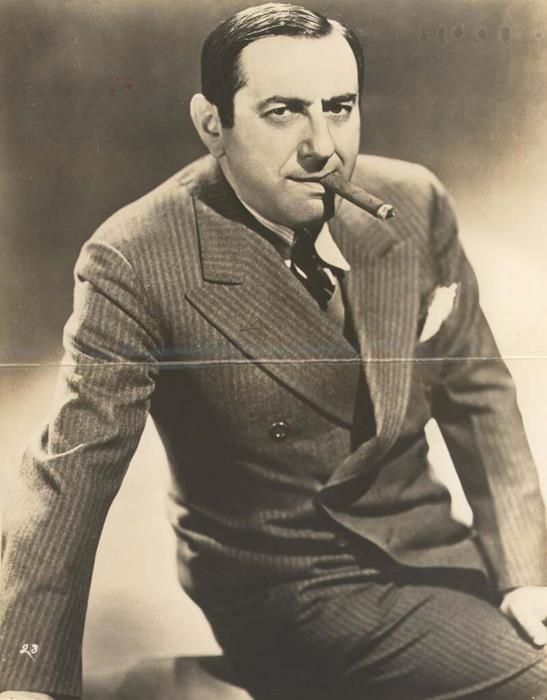
Discussing 1930s film directors inevitably brings up Ernst Lubitsch and his renowned "Lubitsch Touch." His films, such as *Ninotchka*, masterfully blend wit and innuendo, featuring strong, independent female characters and intricate romantic plots. Lubitsch's sophisticated humor significantly influenced Hollywood comedy, leaving a lasting impact on the genre.
Lubitsch Touch Details
Ernst Lubitsch's signature style, famously known as the "Lubitsch Touch," seamlessly weaves sophisticated humor throughout his films, blending wit, irony, and subtlety. When you watch a Lubitsch romantic comedy, you're treated to intricate plots and clever dialogue that enhance the narrative. His films, like *Ninotchka* and *The Shop Around the Corner*, showcase his ability to craft playful yet profound stories.
Lubitsch's mastery of visual storytelling allows him to convey complex emotions and themes without relying solely on words. This technique enriches the comedic and dramatic moments, making his films timeless. He had a knack for addressing taboo subjects such as seduction, infidelity, and class differences with a light-hearted touch. Instead of scandal, these themes are approached with charm and elegance, prompting the audience to reflect and laugh simultaneously.
The influence of the "Lubitsch Touch" on cinema, especially in the romantic comedy genre, is undeniable. He set a precedent for combining humor and romance in a way that feels both intelligent and entertaining. His work laid the groundwork for future filmmakers, demonstrating how sophisticated humor and subtle storytelling can create enduring, beloved films.
Notable Film Highlights
Ernst Lubitsch's filmmaking is renowned for its sophisticated humor, evident in several notable works. *Ninotchka* (1939) blends sharp wit with political satire, featuring a script co-written by Billy Wilder. This film highlights Lubitsch's knack for integrating social commentary into romantic comedy, a hallmark of his "Lubitsch Touch."
In *The Merry Widow* (1934), Lubitsch's talent for visual storytelling and creative use of musical elements shine. The film's lavish production and witty dialogue show how he elevated Hollywood romantic comedies, adding sophistication and subtle innuendo.
*To Be or Not to Be* (1942) showcases Lubitsch's daring satire of Nazi tyranny. This film illustrates his skill in infusing humor into serious subjects while maintaining a light-hearted tone, blending satire with romance and social commentary.
Imagine these scenes:
- Greta Garbo's stoic character breaking into laughter in Ninotchka
- Extravagant ballrooms and witty exchanges in The Merry Widow
- Actors comically outwitting Nazis in To Be or Not to Be
- Lovers navigating complex relationships with understated humor
- Subtle yet powerful social critiques woven into enchanting romances
Lubitsch's influence on Hollywood romantic comedies is undeniable, continually inspiring directors to explore love and relationships with a touch of class.
Influence on Comedy
The "Lubitsch Touch" revolutionized comedy in the 1930s, establishing a new benchmark for sophistication and wit in Hollywood films. Ernst Lubitsch's refined humor elevated romantic comedies, seamlessly blending wit with subtlety. His film *Ninotchka* (1939) exemplifies this, transforming Greta Garbo from a serious actress into a comedic icon through a unique mix of satire and romance.
Lubitsch pioneered the use of visual storytelling and suggestive dialogue, introducing clever innuendos that pushed the limits of censorship. This approach made his films not only humorous but also provocative, encouraging audiences to read between the lines. His 1942 film *To Be or Not to Be* is a testament to his audacity, using bold satire to critique Nazi tyranny while intertwining humor with serious societal issues, reflecting the complexities of the era.
Ernst Lubitsch's influence on comedy is profound and enduring. His work inspired future filmmakers to weave sophistication and humor into their narratives while tackling intricate social themes. The hallmark of Lubitsch's style—a delicate balance of comedy and depth—continues to shape romantic comedies and satirical films in Hollywood to this day.
Yasujirō Ozu's Silent Mastery
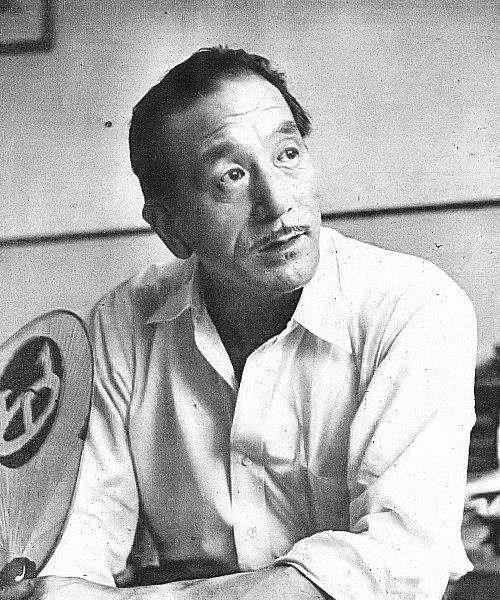
Yasujirō Ozu's Silent Mastery
Watching Yasujirō Ozu's silent films reveals his early mastery of innovative techniques and distinct narrative pacing. His use of stationary cameras and "tatami shots" establishes a unique visual language that highlights everyday moments and familial bonds. Ozu's silent cinema not only laid the foundation for his later masterpieces but also stands out for its quiet, contemplative storytelling.
Early Silent Film Techniques
Mastering the art of silent cinema, Yasujirō Ozu left an indelible mark on the film industry with his unique storytelling techniques. His silent films, crafted before the shift to sound, reflect his mastery of visual storytelling and deep understanding of cinematic language. Ozu's distinctive framing style, characterized by low camera angles and static shots, created a visual poetry that highlighted the intricacies of family dynamics in Japan.
Imagine the artistry in his work:
- Low camera angles that immerse you in the scene.
- Static shots that allow you to absorb every detail of the domestic setting.
- Pillow shots that offer moments of reflection, enhancing narrative pacing.
- Scenes of middle-class family life that resonate with universal themes.
- Cultural context of 1930s Japan, providing a rich backdrop for his stories.
His 1932 film *I Was Born, But...* exemplifies these techniques, delving into societal expectations and familial relationships. Ozu's silent films remain celebrated for their ability to convey deep emotion without dialogue, showcasing his unparalleled artistry and influence on future generations of filmmakers. His work is a cornerstone of cinematic poetry, shaping the visual storytelling landscape.
Unique Narrative Pacing
Yasujirō Ozu's unique narrative pacing, coupled with his striking visual techniques, is a hallmark of his mastery in silent films. His use of static camera positions and long takes allows viewers to fully absorb the emotional weight of each scene. This deliberate rhythm mirrors the everyday lives of his characters, creating a profound sense of realism and intimacy.
Ozu's brilliance in editing and composition is evident through his "pillow shots," which act as visual pauses. These moments amplify the contemplative nature of his storytelling, urging viewers to reflect on the narrative's deeper meanings. His approach to time and space, particularly in films like *Tokyo Story* (1953), emphasizes the passage of time and the intricacies of familial relationships, inviting engagement on a profound emotional level.
Ozu's legacy in silent films, comprising 35 works, laid the foundation for his distinctive narrative style. As he transitioned to talkies, his unique pacing and techniques continued to evolve, solidifying his status as a master storyteller. His groundbreaking use of static camera positions, long takes, and careful composition remains influential in cinema today.
Lewis Milestone's War Realism
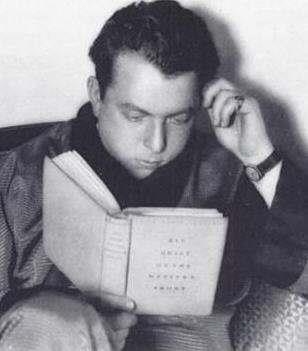
Lewis Milestone revolutionized war films in the early 1930s through his stark portrayal of combat's grim realities. His groundbreaking work on *All Quiet on the Western Front* (1930) garnered an Academy Award for Best Picture, establishing a new benchmark in cinematic storytelling. Milestone employed innovative filming techniques, such as using cameras mounted on wooden tracks, to deliver a visceral realism that allowed audiences to feel the brutal and chaotic essence of war.
Milestone's depiction of war extended beyond physical combat to explore its psychological impact on soldiers. This marked a significant departure from glorified portrayals of warfare, offering instead poignant social commentary on the futility and horror of conflict.
Key elements of his war films include:
- Muddy trenches with exhausted soldiers
- Explosions illuminating the night sky
- Faces etched with fear and despair
- The eerie silence following battles
- The camaraderie and heartbreak among troops
Beyond his war films, Milestone showcased his versatility with works like The Front Page (1931), which blended humor with serious themes. Although he faced blacklisting in 1949 due to his left-wing affiliations, Milestone's legacy as a visionary director remains enduring and impactful.
Michael Curtiz's Genre Versatility
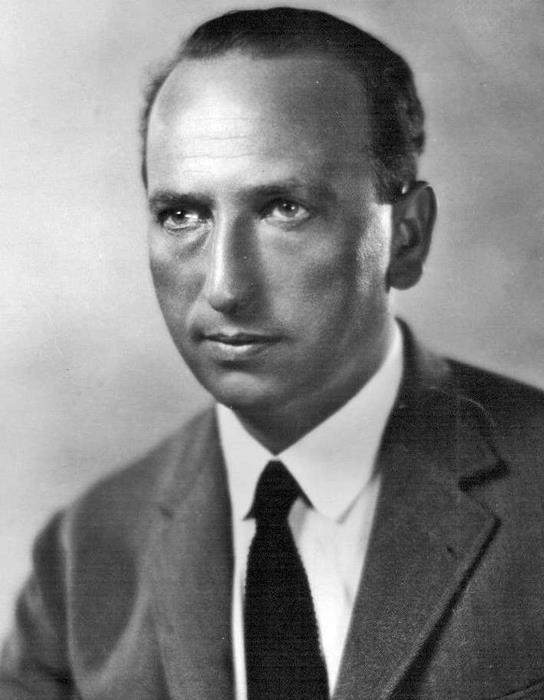
While Lewis Milestone's work redefined war cinema, Michael Curtiz showcased extraordinary versatility across different genres, becoming a titan in Hollywood. Starting his career in Hungary in 1912 and moving to Hollywood in 1926, Curtiz's ability to direct films in drama, romance, and musicals set him apart. His iconic romantic drama *Casablanca* (1942) won three Academy Awards, including Best Picture, solidifying his reputation as a master storyteller.
Curtiz's genre versatility is further evident in his work on the musical *Yankee Doodle Dandy* (1942), which earned James Cagney an Academy Award for Best Actor. This film highlighted Curtiz's skill in creating engaging musical narratives. Moreover, Curtiz demonstrated his flair for adventure with *Captain Blood* (1935), a swashbuckler that helped launch Errol Flynn's career as a leading man, showcasing Curtiz's knack for creating memorable characters and thrilling stories.
Directing over 100 films, Curtiz proved himself one of the most prolific directors of the 1930s and beyond. His adaptability and mastery across genres made him a cornerstone of Hollywood's golden era, cementing his legacy as a versatile and influential filmmaker.
Leo McCarey's Romantic Comedies
Leo McCarey possessed a unique talent for crafting romantic comedies that seamlessly combined humor with heart, leaving an indelible mark on the genre. His ability to blend laughter with sentimentality set the stage for classic romantic comedies from the 1930s onward. McCarey's *The Awful Truth* (1937), featuring Cary Grant and Irene Dunne, exemplified his skill in creating character-driven narratives with strong on-screen chemistry.
McCarey's romantic comedies were distinguished by:
- Witty dialogue that kept audiences engaged and entertained.
- Playful explorations of love and marriage, making the genre relatable.
- Strong lead performances from actors like Cary Grant and Irene Dunne.
- Character-driven narratives that added depth to the humor.
- Poignant moments that balanced comedic elements with emotional resonance.
His versatility extended beyond romantic comedies, as demonstrated by his direction of *Going My Way* (1944), for which he won an Academy Award for Best Director. McCarey's films from the 1930s not only shaped Hollywood but also set a high standard for romantic comedies by blending humor and heart seamlessly.
Sam Wood's Social Critiques

Sam Wood's films from the 1930s and early 1940s seamlessly blended entertainment with incisive social commentary, establishing him as a director unafraid to address pressing societal issues. In *Goodbye, Mr. Chips* (1939), Wood explored the challenges faced by educators, particularly the impact of societal changes on traditional educational values. The film's touching portrayal of a dedicated teacher's journey offered a critical reflection on how evolving societal norms influence the education system.
In *A Night at the Opera* (1935), Wood employed the comedic talents of The Marx Brothers to critique class divisions and the absurdities of high society. Through humor, he exposed the ridiculousness of social pretensions, allowing audiences to laugh while pondering deeper messages about class disparities.
Wood's *For Whom the Bell Tolls* (1943) tackled themes of sacrifice and the human cost of war. Set against the backdrop of the Spanish Civil War, the film resonated with contemporary audiences by depicting the profound personal and societal sacrifices made during turbulent times.




